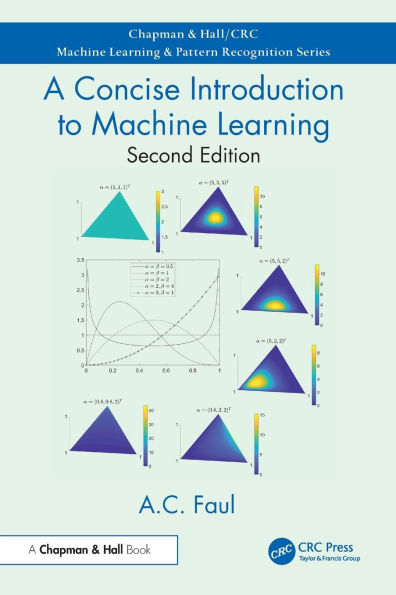The emphasis of the book is on the question of Why—only if “why” an algorithm is successful is understood, can it be properly applied and the results trusted. Standard techniques are treated rigorously, including an introduction to the necessary probability theory. This book addresses the commonalities of methods, aims to give a thorough and in-depth treatment and develop intuition for the inner workings of algorithms, while remaining concise.
This useful reference should be essential on the bookshelf of anyone employing machine learning techniques, since it is born out of strong experience in university teaching and research on algorithms, while remaining approachable and readable.
The emphasis of the book is on the question of Why—only if “why” an algorithm is successful is understood, can it be properly applied and the results trusted. Standard techniques are treated rigorously, including an introduction to the necessary probability theory. This book addresses the commonalities of methods, aims to give a thorough and in-depth treatment and develop intuition for the inner workings of algorithms, while remaining concise.
This useful reference should be essential on the bookshelf of anyone employing machine learning techniques, since it is born out of strong experience in university teaching and research on algorithms, while remaining approachable and readable.

A Concise Introduction to Machine Learning
352
A Concise Introduction to Machine Learning
352Paperback(2nd ed.)

Product Details
| ISBN-13: | 9781032878140 |
|---|---|
| Publisher: | CRC Press |
| Publication date: | 05/15/2025 |
| Series: | Chapman & Hall/CRC Machine Learning & Pattern Recognition |
| Edition description: | 2nd ed. |
| Pages: | 352 |
| Product dimensions: | 6.12(w) x 9.19(h) x (d) |
